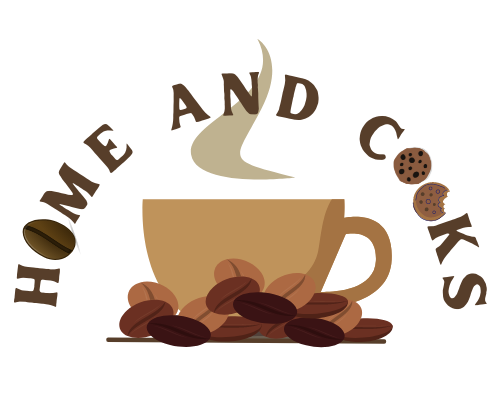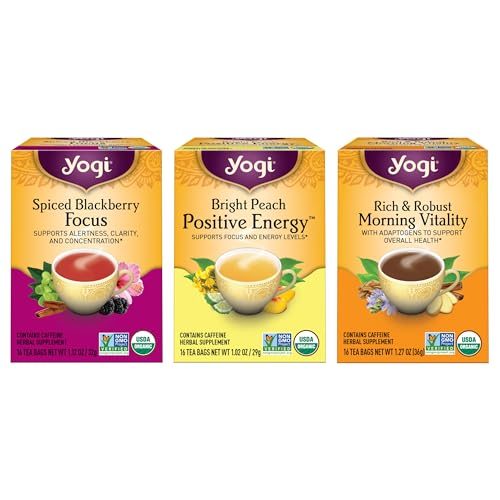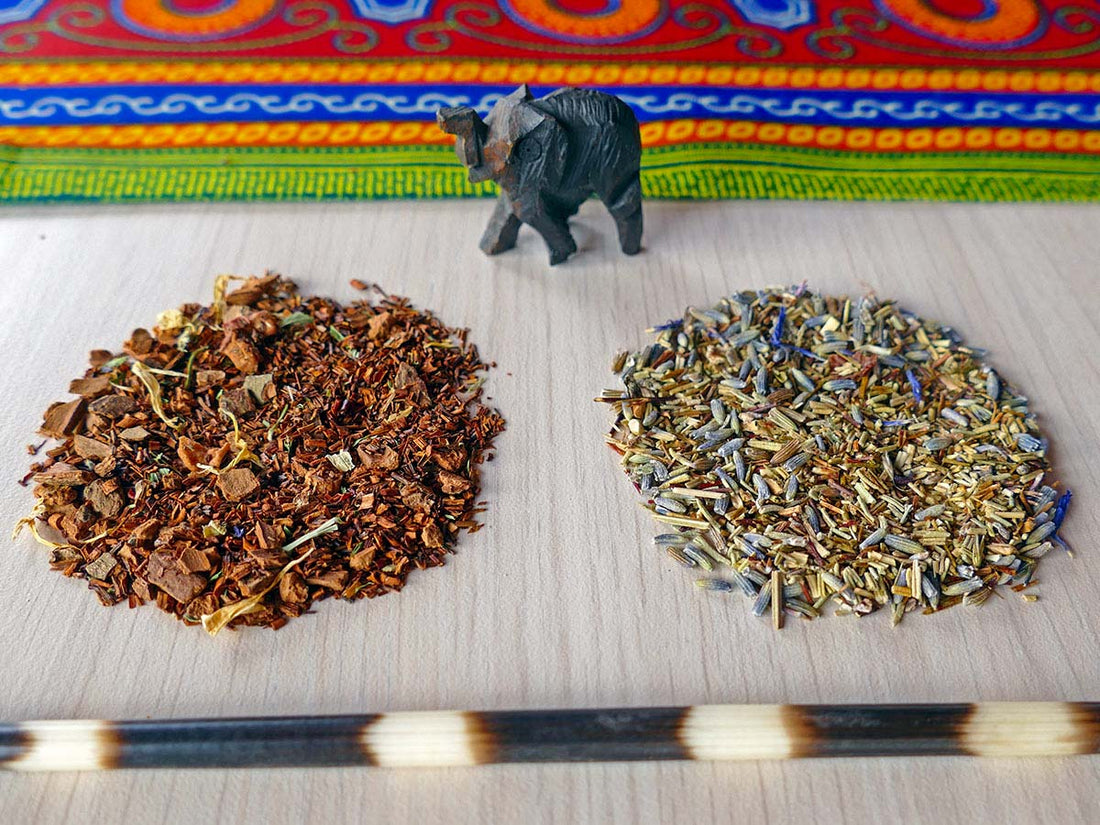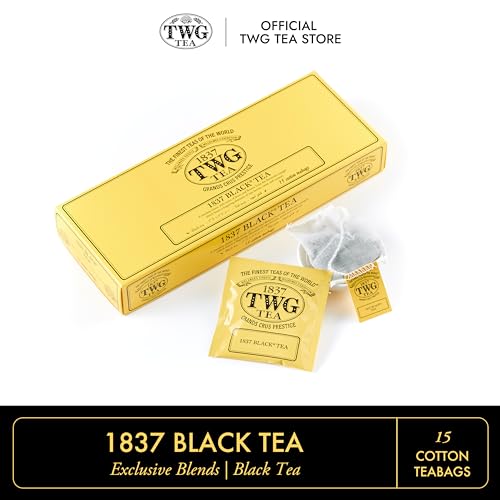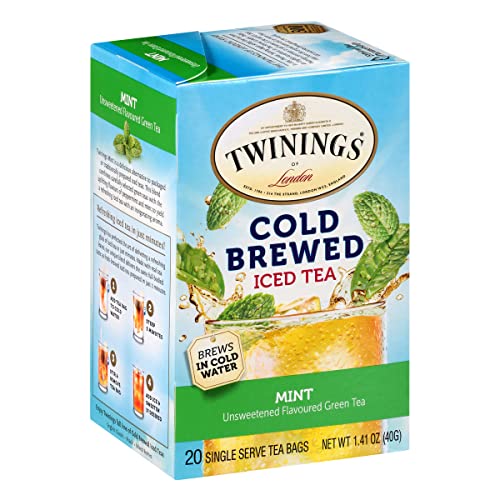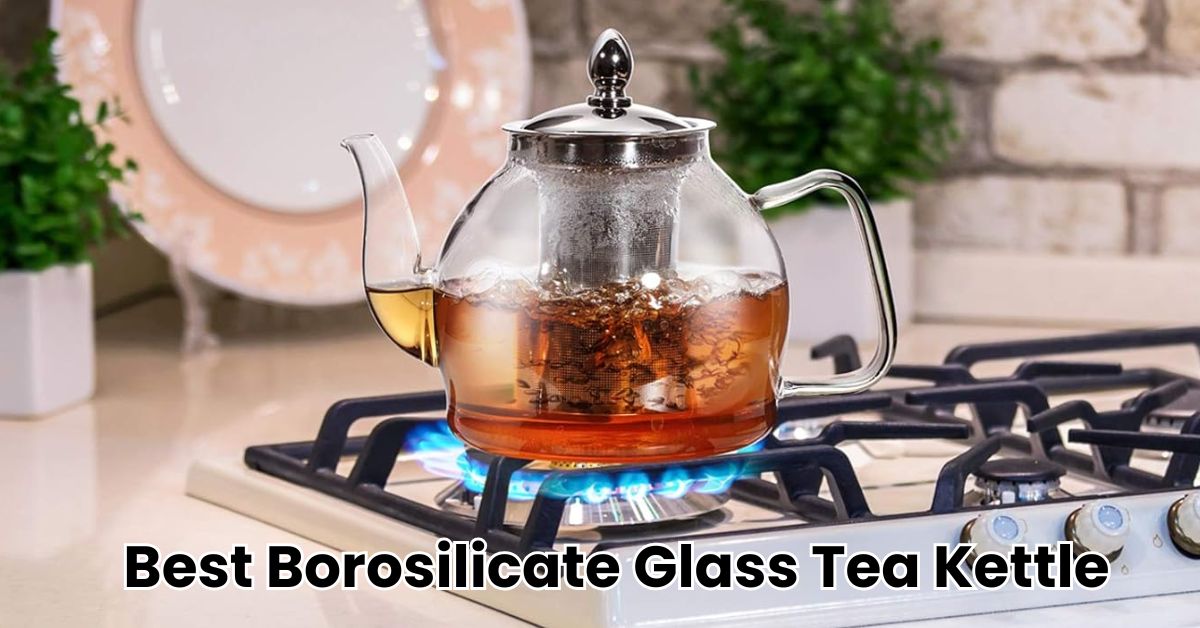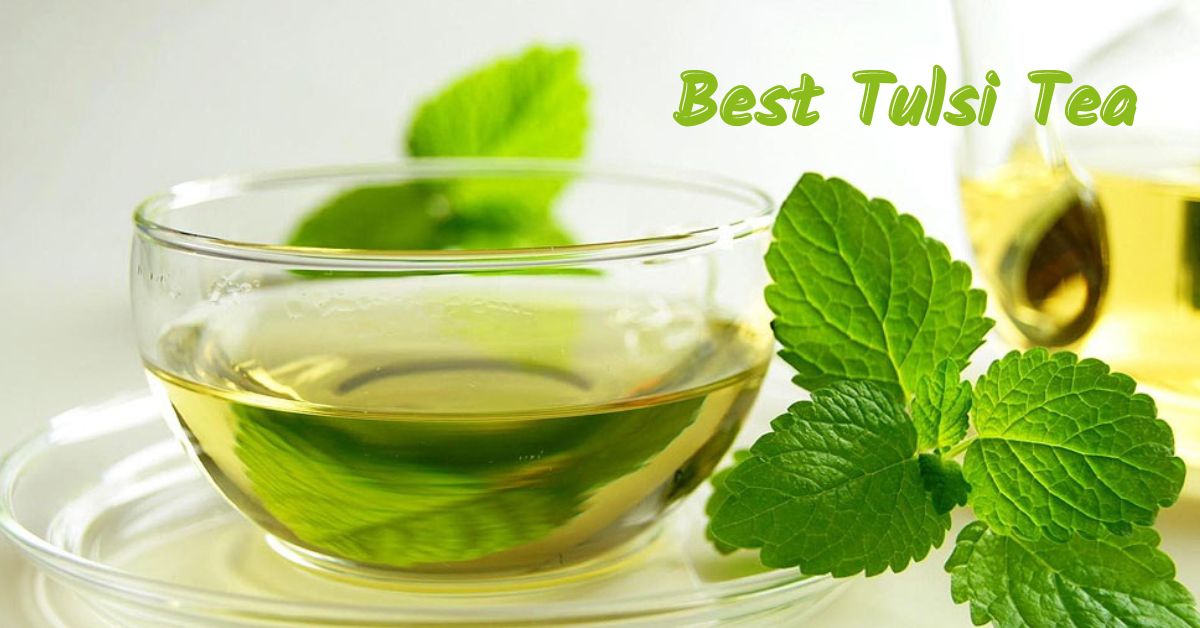Yes, you can boil milk in a tea kettle. But it’s not the best idea.
Tea kettles are designed for boiling water, not milk. Boiling milk in a tea kettle can be tricky. Milk can scorch and leave a burnt residue. This can be hard to clean and may affect the taste of future uses.
It’s best to use a pot or saucepan for boiling milk. These are easier to control and clean. Let’s explore why tea kettles aren’t ideal for this task and how you can boil milk properly.
Introduction To Boiling Milk In A Tea Kettle
Boiling milk is a common kitchen task. Many people use stovetops or microwaves. But can you use a tea kettle to boil milk? Let’s explore this idea.
Is It Possible?
Yes, it is possible to boil milk in a tea kettle. But there are some things to consider. Most tea kettles are designed for boiling water. Milk is thicker than water. This can cause issues.
Why Consider This Method?
Using a tea kettle to boil milk can save time. It is also convenient. You may already have a tea kettle on hand. No need to use extra pots or pans. This can make cleanup easier. It can also be helpful in small kitchens with limited space. Boiling milk in a tea kettle can be a quick solution.

Credit: www.youtube.com
Choosing The Right Tea Kettle
Boiling milk in a tea kettle requires the right choice of kettle. Not all tea kettles are suitable for boiling milk. You must consider specific factors to ensure a safe and efficient boiling process.
Material Considerations
The material of your tea kettle is very important. Stainless steel kettles are highly recommended. They are durable, easy to clean, and resistant to rust. Glass kettles can also be a good choice. They allow you to see the milk as it boils. Avoid kettles made from copper or aluminum. These materials can react with milk, affecting its taste and quality.
Size And Capacity
Size matters when choosing a tea kettle for boiling milk. A small kettle may not hold enough milk for your needs. A large kettle, on the other hand, might be too bulky. Consider your daily milk consumption. A medium-sized kettle, around 1 to 1.5 liters, is usually perfect. This size is manageable and meets most needs.
Ensure the kettle has a wide opening. This makes it easier to pour the milk and clean the kettle. A spout that allows smooth pouring is also beneficial. You want to avoid spills and messes.
Preparing The Kettle
Boiling milk in a tea kettle requires some preparation. This ensures safety and cleanliness. It also helps in achieving the best results.
Proper preparation of the kettle is crucial. This includes cleaning and maintenance. It also involves checking for residue. Let’s dive into these steps.
Cleaning And Maintenance
Start by cleaning the kettle. Use warm water and mild soap. This helps to remove any dirt or debris.
Rinse the kettle thoroughly. Make sure no soap remains. Soap residue can affect the taste of the milk.
Dry the kettle with a clean cloth. This prevents water spots and keeps it in good condition.
Checking For Residue
Inspect the inside of the kettle. Look for any leftover residue. This includes limescale or other deposits.
Residue can affect the boiling process. It can also alter the taste of the milk.
If residue is present, clean it using a vinegar solution. Mix equal parts of water and vinegar. Boil this solution in the kettle. Rinse thoroughly afterward.
Now your kettle is ready. You can boil milk without any worries.
Steps To Boil Milk
Boiling milk in a tea kettle can be a quick and efficient process. Follow these simple steps to ensure you do it safely and correctly. This guide will help you measure the milk and adjust the temperature properly.
Measuring The Milk
First, measure the amount of milk you need. Use a measuring cup for accuracy. Do not fill the tea kettle more than halfway. Milk can expand when heated. This prevents spills and overflows.
Adjusting The Temperature
Next, adjust the temperature on your tea kettle. Some kettles have temperature settings. If yours does, set it to a low or medium heat. This helps prevent the milk from burning. If your kettle has no settings, monitor it closely. Remove it from heat once it starts to steam. Avoid boiling the milk too rapidly. Gentle heating is key.
Safety Precautions
Boiling milk in a tea kettle can be convenient. But, it comes with some risks. Following safety precautions is crucial to avoid accidents and damage.
Avoiding Boil Over
Milk can boil over quickly. Never fill the kettle to the top. Leave some space for the milk to expand. Always keep an eye on the kettle. Do not leave it unattended. Boiling milk produces foam. This foam can cause the milk to spill over.
Consider using a larger kettle. This helps to reduce the risk of boil over. Keep the heat at a medium level. High heat makes the milk boil faster. This increases the chance of boil over.
Handling Hot Kettles
A hot kettle can cause burns. Always use oven mitts or a thick cloth. This protects your hands from the heat. Avoid touching the metal parts of the kettle. They can become very hot.
After boiling the milk, let the kettle cool down. Pour the milk slowly to avoid spills. Be cautious while opening the lid. Steam can escape and cause burns.

Credit: www.reddit.com
Expert Tips For Best Results
Boiling milk in a tea kettle can be tricky. But with the right tips, you can achieve the best results. Follow these expert tips to ensure your milk boils perfectly without any issues.
Preventing Milk Scorching
To prevent milk from scorching, you need to keep a close eye on it. Milk can burn easily if left unattended. Always use low to medium heat. High heat increases the chances of scorching. A thin layer of water in the kettle before adding milk can also help. This creates a barrier and reduces the risk of burning.
Stirring Techniques
Stirring the milk regularly helps to avoid forming a skin on top. It also prevents the milk from sticking to the kettle’s bottom. Use a wooden spoon or a heat-resistant spatula for this purpose. Stir gently but consistently throughout the boiling process. This ensures even heating and helps maintain the milk’s texture.
Cleaning The Kettle After Use
Boiling milk in a tea kettle can be convenient, but it requires careful cleaning. Milk can leave a stubborn residue and odor. Proper cleaning methods are essential to maintain the kettle’s functionality and hygiene. This section will guide you through effective ways to clean your tea kettle after boiling milk.
Removing Milk Residue
Milk leaves a sticky residue in the kettle. To remove it, fill the kettle with warm water and a few drops of dish soap. Let it soak for 15 minutes. Use a soft brush or sponge to scrub the inside. Rinse thoroughly with clean water to remove soap.
Deep Cleaning Methods
For a deeper clean, create a solution of equal parts water and vinegar. Fill the kettle halfway with this solution. Boil the solution and let it sit for 30 minutes. This helps to break down stubborn milk deposits.
- Rinse the kettle well with clean water.
- To remove any vinegar smell, boil fresh water in the kettle and discard it.
Another method involves using baking soda. Mix 2 tablespoons of baking soda with water to form a paste. Apply the paste to the inside of the kettle and scrub gently. Rinse thoroughly to ensure no baking soda remains.
For kettles with stubborn stains, consider using a kettle cleaning solution. Follow the manufacturer’s instructions for safe and effective use.
| Cleaning Method | Steps |
|---|---|
| Dish Soap | Soak, scrub, rinse |
| Vinegar Solution | Boil, sit, rinse |
| Baking Soda Paste | Apply, scrub, rinse |
| Kettle Cleaner | Follow instructions |
Credit: www.findlou.com
Alternative Methods
Boiling milk in a tea kettle may not be the best method. It can be challenging and might damage the kettle. There are safer and more effective ways to heat your milk. Let’s explore some alternative methods.
Using A Saucepan
Using a saucepan is a simple and traditional method. Pour the milk into the pan. Place it on the stove over medium heat. Stir the milk occasionally to prevent it from sticking. Watch the milk closely to avoid boiling over. This method gives you control over the heating process.
Electric Milk Frothers
Electric milk frothers offer a modern solution. These devices heat and froth milk at the same time. Pour the milk into the frother. Press the button to start heating. In a few minutes, you will have warm milk ready to use. Frothers are convenient and easy to clean. They are perfect for making lattes and hot chocolate.
Frequently Asked Questions
Can You Boil Milk In A Tea Kettle?
Yes, you can boil milk in a tea kettle. However, be careful to avoid scorching or overflowing.
Is It Safe To Boil Milk In A Kettle?
It is generally safe, but you must monitor closely. Milk can foam and overflow quickly.
How To Clean A Kettle After Boiling Milk?
Clean immediately with soap and water. Use a brush to remove any residues or burnt milk.
Will Boiling Milk Damage A Tea Kettle?
Boiling milk occasionally won’t damage a kettle. Frequent boiling may cause residue build-up and require thorough cleaning.
Conclusion
Boiling milk in a tea kettle is not the best idea. Tea kettles are designed for water, not milk. Milk can scorch and leave a residue. This makes cleaning difficult. It might also damage the kettle. Use a saucepan instead.
It’s safer and easier to clean. Always choose the right tool for the job. Your kitchen tasks will be smoother. Happy cooking!
